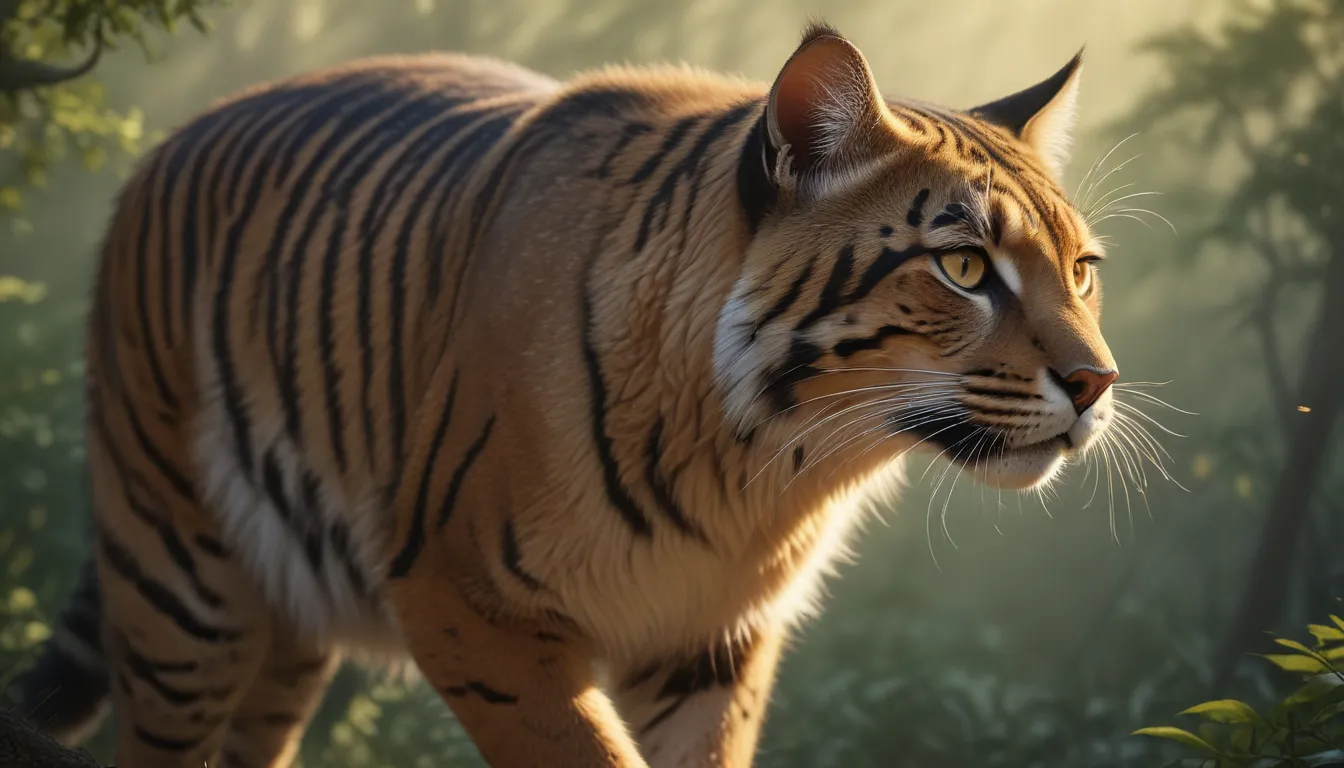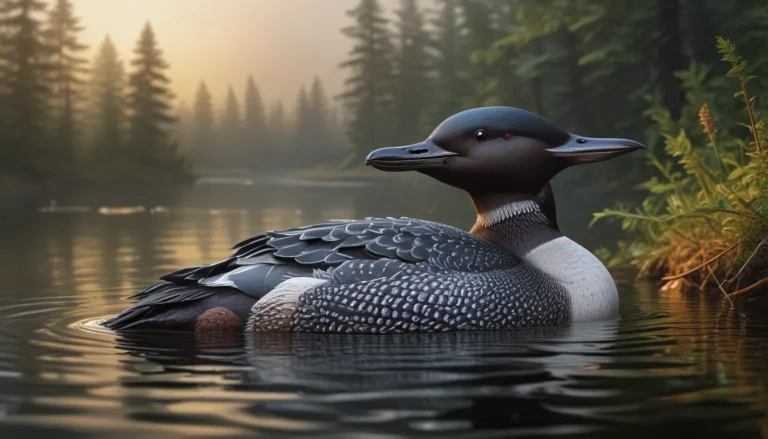The pictures we use in our articles might not show exactly what the words say. We choose these pictures to make you interested in reading more. The pictures work together with the words but don’t take their place. The words still tell you the important facts.
Wildcats have long been a source of fascination and mystery, captivating the imaginations of people worldwide. These elusive and majestic creatures are known for their agility, adaptability, and unique characteristics that set them apart from other feline species. In this article, we will delve into 19 fascinating facts about wildcats, shedding light on their habitats, behaviors, physical features, and the urgent need for conservation efforts to protect their populations.
Uncovering the World of Wildcats
Wildcats, scientifically known as Felis silvestris, are small-sized felids that inhabit regions across Europe, Asia, and Africa. With their sleek bodies and agile movements, they navigate through various habitats, showcasing their remarkable adaptability.
The Diverse Coat Colors of Wildcats
One of the most captivating features of wildcats is their wide range of coat colors and patterns. From tabby to solid to tortoiseshell, these felines blend seamlessly into their surroundings, enhancing their hunting prowess and survival skills.
The Formidable Hunters of the Wild
Wildcats are skilled predators, primarily hunting small mammals, birds, and reptiles. With strong paws, sharp retractable claws, and exceptional night vision, they silently stalk and capture their prey with precision, showcasing their prowess as hunters.
Solitary Yet Adaptable Creatures
Unlike some feline species, wildcats are solitary animals, preferring to roam and hunt alone. They establish territories that they fiercely defend from intruders, showcasing their independence and self-reliance in the wild.
The Elusive Nature of Wildcats
Due to their secretive behavior and preference for remote habitats, wildcats are rarely encountered by humans. Their elusive nature poses challenges for those studying and conserving these magnificent creatures, adding to the mystique that surrounds them.
Climbing Champions of the Wild
Wildcats are exceptional climbers, with the ability to scale trees effortlessly. Their strong limbs and sharp claws enable them to navigate treetops with ease, providing them with advantages in hunting and escaping from potential predators.
Vocal Communications of Wildcats
Similar to domestic cats, wildcats communicate through a range of vocalizations, including meowing, growling, hissing, and purring. These distinct sounds serve various purposes, from asserting dominance to attracting potential mates.
The Threats Facing Wildcat Populations
Sadly, wildcat populations are under significant threat due to habitat loss, fragmentation, and illegal hunting. Conservation efforts are paramount in ensuring the survival of these felines and their crucial role in maintaining ecosystem balance.
The Crucial Role of Wildcats in Ecosystems
As apex predators, wildcats play a vital role in regulating prey populations within their ecosystems. By controlling prey numbers, they contribute to ecosystem health and stability, underscoring the importance of their conservation.
The Concerns of Hybridization with Domestic Cats
One of the major concerns for wildcats is hybridization with domestic cats. Interbreeding between these two species can dilute the wildcat gene pool and threaten the unique genetic traits that define wildcat populations.
Embracing the Many Names of Wildcats
Wildcats are known by various names in different regions, such as European wildcat, African wildcat, Scottish wildcat, and Asiatic wildcat. These names reflect the diverse habitats and regions where these felines are found.
The Surprising Swimming Skills of Wildcats
Contrary to popular belief, wildcats are proficient swimmers and can navigate across bodies of water when necessary. This adaptability showcases their versatility in diverse environments.
The Extraordinary Senses of Wildcats
With highly sensitive hearing and acute vision, wildcats possess well-developed senses that aid them in hunting, detecting threats, and navigating their surroundings with precision.
Marking Territories with Scent
Similar to many feline species, wildcats mark their territories using scent glands. By leaving unique scent markers, they communicate their presence to potential intruders and defend their territories.
The Revered Status of Wildcats in Mythology
Throughout history, wildcats have been revered and featured in various mythologies and folklore. They are often symbolic of power, mystery, and independence, further enhancing their allure and mystique.
The Remarkable Adaptability of Wildcats
Wildcats demonstrate a remarkable ability to adapt to different environments and habitats, thriving in diverse landscapes such as forests, grasslands, and mountainous regions.
Domestication of Wildcats
Some species of wildcats, like the African wildcat, are believed to be ancestors of domestic cats. Over time, certain individuals of these species have been tamed and domesticated, becoming the cherished feline companions we know today.
Conservation Efforts for the Future of Wildcats
Recognizing the importance of preserving wildcats, conservationists and organizations are actively working to protect and conserve wildcat populations and their habitats. These efforts are crucial in ensuring a future where wildcats can roam freely and thrive in their natural environments.
Conclusion: Celebrating the Majesty of Wildcats
In conclusion, wildcats are truly remarkable creatures that deserve our admiration and protection. Through learning about their behaviors, habitats, and conservation needs, we can deepen our understanding and appreciation for these magnificent felines. By raising awareness and actively participating in conservation efforts, we can make a difference in safeguarding the future of wildcats and the ecosystems they inhabit.
FAQs: Unveiling More Insights About Wildcats
-
How many species of wildcats exist in the world?
There are approximately 36 species of wildcats found across the globe. -
What is the largest wildcat species?
The Siberian tiger holds the title as the largest wildcat species, weighing up to 700 pounds. -
Are wildcats endangered?
Many wildcat species are indeed endangered due to factors like habitat loss and poaching. -
What is the typical diet of wildcats?
Wildcats are carnivores, primarily feasting on small mammals, birds, and reptiles. -
What is the average lifespan of wildcats in the wild?
The lifespan of wildcats varies by species, but they can typically live up to 10-15 years in their natural habitats. -
Can wildcats be domesticated?
Wildcats retain their wild instincts and behaviors, making them difficult to fully domesticate like domestic cats. -
Do wildcats prefer living alone or in groups?
Most wildcats are solitary creatures, choosing to live and hunt alone. -
How fast can wildcats run?
Wildcats are incredibly fast runners, reaching speeds of up to 40-50 miles per hour. -
Are wildcats nocturnal animals?
Yes, most wildcat species are nocturnal, being most active during the nighttime. -
Can wildcats swim?
Some wildcat species, like the fishing cat, are proficient swimmers and adept at hunting in water.
In conclusion, the world of wildcats is rich with intrigue, beauty, and importance. By embracing their unique characteristics and understanding the challenges they face, we can work together to ensure a future where wildcats thrive in their natural habitats. Let's celebrate the majesty of wildcats and continue our efforts to protect these extraordinary creatures for generations to come.






